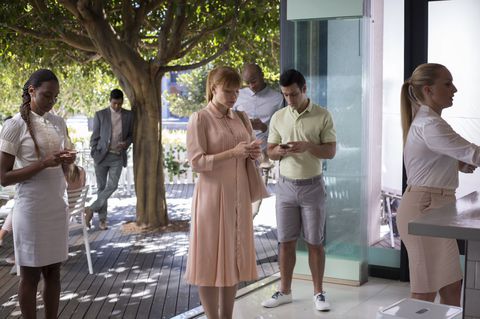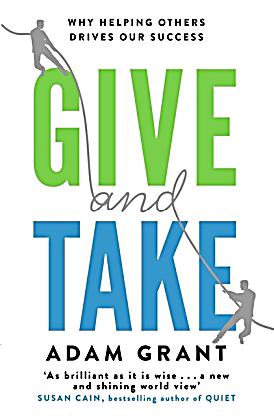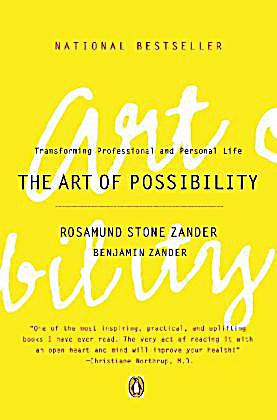
2008 a backbone of our modern society seemed to crash – the financial system was collapsing and we all know about the turmoil following.
Today a presumably even more important backbone of society is in danger.
Trust.
Rachel Botsman – a leading thinker and critically-acclaimed writer on trust in the digital age – describes the deep importance of trust in our society, for business and our social life:
„Without trust, and without an understanding of how it is built, managed, lost and repaired, a society cannot survive, and it certainly cannot thrive. Trust is fundamental to almost every action, relationship and transaction. The emerging trust shift isn’t simply the story of a dizzying upsurge in technology or the rise of new business models. It’s a social and cultural revolution. It’s about us. And it matters.“
It matters a lot – for example to Jackson, who experienced the impact of missing trust the hard way:
Out of nowhere Jackson got that very hard-nosed email telling him that she quits, right now! She will not answer any further communication – not now and never again in the future.
They had spent years in a trusting, happy relationship. He got to know her when she was quite young. He loved her way to question the world, her fresh unorthodox way to deal with authorities. „Fuck the system“ was one of her favorite sayings. They had so many unique and wonderful experiences traveling the world together.
When he received that farewell letter from her, he immediately questioned himself. He must have done something very wrong for her to quit such a long-term relationship so easily. She never acted that way before, on the contrary, freedom and belonging were core values they shared. It felt like it wasn’t her talking to him. Finally he tried to call her to clear out this grave misunderstanding. But no matter how hard he tried, there was no response. It was separation forever without any warning signal. What made it even worse, was from that moment on, all her friends were unreachable as well. His whole international community of friends shut their doors: loud and clear.
It kept him busy. How could this trustful, deep relationship end in such a way? After some time and investigation, he figured out what happened. He once – just once – spoke about one of her friends with people outside her group of friends. She never clearly said she wouldn’t like that, nor did she explain why she wouldn’t.
Her name is Airbnb – one of the digital giants we grant so much trust and control over our lives – as of now. I exchanged Airbnb with “she” – a human-to-company relationship with a human-to-human relationship, to highlight the mutual relationship and trust aspects in it.
According to the latest SYZYGY Digital Insight Report „The Digital Consumer in 2019” – a summary of top predictions from major industry trend reports – trust will have an extreme influence for business in 2019. Paul Marsden, Chief Psychologist Officer at SYZYGY AG explains: „In a post-truth world of fake news, propaganda bots and data breaches, expect a trust deficit to grow between consumers and brands. Forrester dubs 2019 the year of ‘Zero Trust’.“
Trust is an accompanying currency next to money.
Companies need to handle trust with the same care.
Consumers’ trust in companies, and companies trust in consumers. Both aspects need to be handled much more carefully. Consumers are smartening up and leading digital consultancies like JWT, Accenture, Gartner and R/GA expect consumer-first empowering privacy policies and digital ethics to appeal in 2019. Companies need to professionally design, measure, manage and repair trust on an individual consumer to company level. Trust can be a major competitive advantage or a reason to lose most of the company value within weeks.
Jackson trusted Airbnb for years and recommended it to many of his friends until he got that farewell letter. And Airbnb? How much did they trust Jackson after those years of relationship? Was it a thought through decision to reduce the trust in Jackson to zero after one instance of giving feedback on an Airbnb host outside the Airbnb platform? It was against their policy, ok.
Their reaction did not increase trust in their policies.
Jackson’s story can be read on Medium:
Digital Exile: How I Got Banned for Life from AirBnB
As of now more than 230.000 medium readers gave the post an applause …
The mission of Trustpatterns.org is to enable the creation, measurement, management and repair of trust in relationships. Trust is the soil for our society, business and social life. It matters!



